
Recognizing mini-str.oke symptoms: A crucial step in str.oke prevention
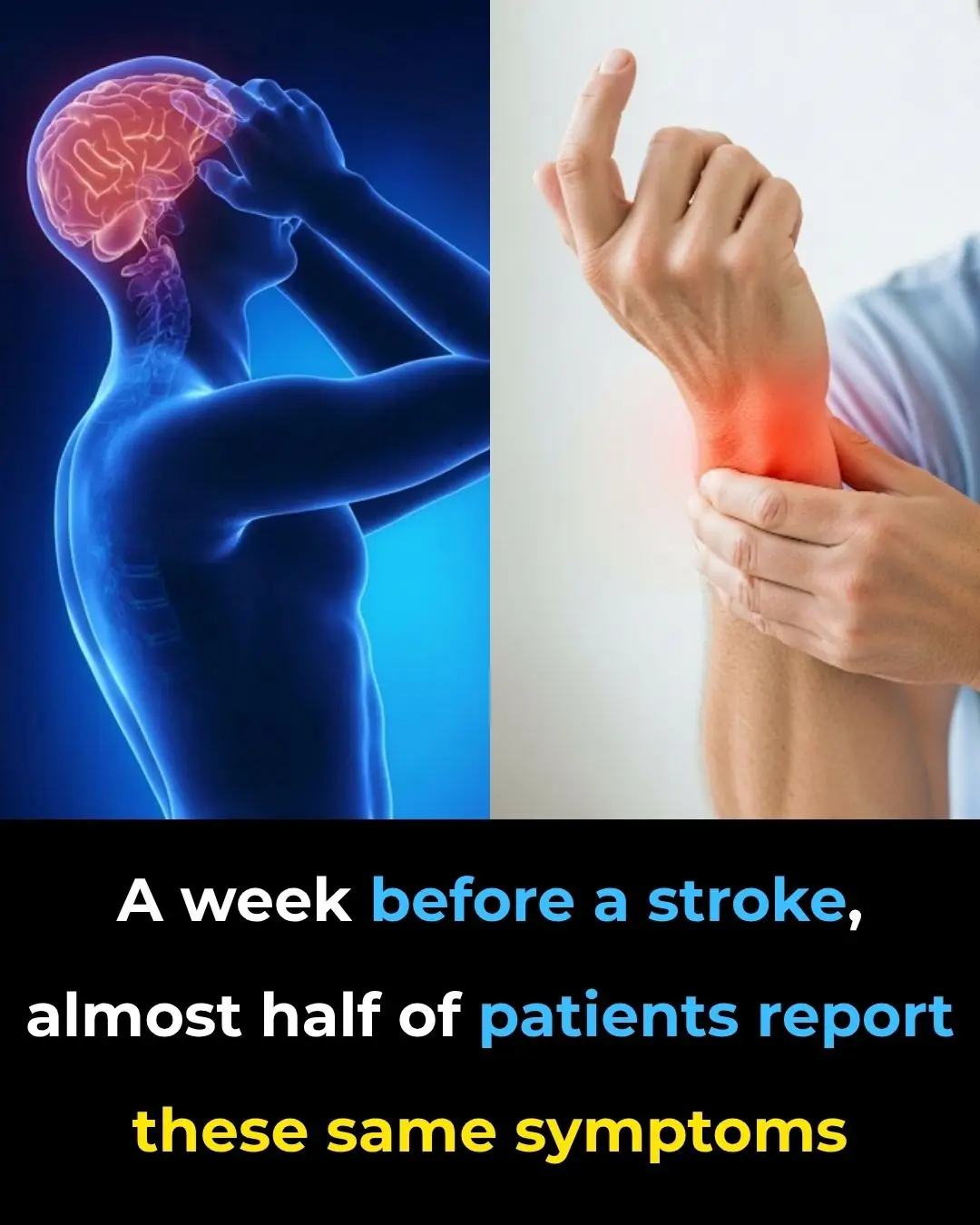
A stroke can strike suddenly - but before it happens, the body often gives off warning signs. These early signals are known as mini-strokes, or transient ischemic attacks (TIAs). Though the symptoms are brief, the danger they signal is real and urgent. Recognizing these symptoms early can be the most crucial step toward preventing a major, life-threatening stroke.
What Is a Mini-Stroke?
A mini-stroke, medically known as a Transient Ischemic Attack (TIA), occurs when blood flow to a small part of the brain is temporarily blocked. The blockage is short-lived, usually lasting only a few minutes and rarely longer than an hour. Because the blood flow resumes quickly, the brain does not suffer permanent da.mage - but the episode is still a serious warning sign.
Doctors often describe a TIA as a “wake-up call” from the body. Around 1 in 3 people who experience a TIA will have a full stroke later, many within the next few days. That’s why immediate medical evaluation after a TIA is critical - it can literally save a life.
Why Early Recognition Matters
Even if the symptoms vanish quickly, a mini-stroke indicates a problem in the blood vessels or heart. It’s like a flashing red light showing that a major stroke could happen soon. Acting quickly after a TIA allows doctors to investigate the cause - often high blo.od pressure, clogged arteries, or irregular heartbeats - and provide treatment before the condition worsens.
A person who receives proper care after a TIA can reduce their risk of a major stroke by up to 80%, according to medical studies.
Common Symptoms of a Mini-Stroke
The signs of a mini-stroke are nearly identical to those of a full stroke, but they fade within a short period. Symptoms often appear suddenly and include:
-
Numbness or weakness in the face, arm, or leg, often on one side.
-
Sudden confusion or difficulty understanding speech.
-
Trouble speaking or slurred words.
-
Vision problems, such as blurred or double vision.
-
Dizziness or loss of balance.
-
Severe headache with no obvious cause.
To remember the warning signs, think F.A.S.T.:
-
F – Face: Ask the person to smile. Is one side drooping?
-
A – Arm: Ask them to raise both arms. Does one drift downward?
-
S – Speech: Is speech slurred or strange?
-
T – Time: If any symptoms appear, call emergency services immediately.
Who Is at Risk?
Anyone can experience a mini-stroke, but certain factors greatly increase the risk:
-
High blood pressure (hypertension)
-
Smoking or exposure to secondhand smoke
-
Diabetes
-
High cholesterol levels
-
Atrial fibrillation (irregular heartbeat)
-
Obesity and physical inactivity
-
Unhealthy diet high in salt or trans fats
-
Family history of stroke or heart disease
-
Excessive alcohol consumption
People over 55 years old are more likely to experience TIAs, but younger adults are not immune, especially with today’s rise in stress, sedentary jobs, and poor dietary habits.
Medical Evaluation and Diagnosis
If you suspect a TIA, seek medical attention immediately, even if you feel fine afterward. Doctors use several tools to determine the cause and extent of the issue, including:
-
CT or MRI scans to detect blockages or brain damage.
-
Carotid ultrasound to check for narrowing in neck arteries.
-
Blood tests for cholesterol, blood sugar, and clotting levels.
-
Electrocardiogram (ECG) to assess heart rhythm problems.
-
Echocardiogram to look for clots or structural heart issues.
The goal of these tests is to find out why the blockage occurred and how to prevent it from happening again.
Treatment After a Mini-Stroke
Treatment depends on what caused the TIA, but generally includes:
-
Antiplatelet medications (like aspirin or clopidogrel) to prevent clots.
-
Anticoagulants (such as warfarin or apixaban) for people with irregular heartbeats.
-
Blood pressure control drugs like ACE inhibitors or beta-blockers.
-
Statins to lower cholesterol and stabilize artery plaque.
-
Lifestyle modifications, including quitting smoking and improving diet.
If the carotid arteries are severely narrowed, doctors may recommend surgery (carotid endarterectomy) or angioplasty with stenting to restore normal blood flow.
How to Prevent Mini-Strokes and Strokes
Preventing a stroke starts long before the first symptoms appear. It’s about protecting your heart, arteries, and brain through everyday actions.
Below are science-backed prevention strategies that can dramatically reduce stroke risk:
1. Control Your Blo.od Pressure
High blood pressure is the leading cause of stroke worldwide. It weakens and damages blood vessel walls, making clots more likely to form.
-
Monitor blood pressure regularly.
-
Aim to keep it below 120/80 mmHg if possible.
-
Limit salt (sodium) intake to less than 1,500 mg per day.
-
Eat potassium-rich foods like bananas, spinach, and sweet potatoes.
-
Follow your doctor’s treatment plan if prescribed medication.
2. Manage Diabetes and Cholesterol
When blood sugar or cholesterol levels are too high, arteries can become stiff and narrow. This restricts blood flow to the brain.
-
Get blood sugar checked regularly if diabetic or prediabetic.
-
Avoid sugary drinks and refined carbohydrates.
-
Choose healthy fats (olive oil, avocados, nuts) over saturated fats.
-
Take cholesterol-lowering medications as directed.
3. Quit Smoking Immediately
Smoking doubles your risk of having a stroke. It damages blood vessels, thickens the blood, and raises blood pressure.
The good news? The risk begins to drop within weeks of quitting and continues to decline each year after stopping.
-
Ask your doctor about nicotine replacement or support programs.
-
Avoid environments with secondhand smoke.
4. Eat a Heart-Healthy Diet
A balanced diet can protect your arteries and maintain good circulation. Experts recommend the Mediterranean diet, which focuses on:
-
Fresh fruits and vegetables
-
Whole grains (brown rice, oats, quinoa)
-
Lean proteins (fish, poultry, beans)
-
Healthy fats (olive oil, nuts, seeds)
Limit:
-
Processed meats and fried foods
-
Sugary snacks and drinks
-
Foods high in salt or trans fats
5. Exercise Regularly
Physical activity improves blood circulation, reduces blood pressure, and strengthens the heart.
-
Aim for at least 150 minutes of moderate-intensity activity weekly (e.g., brisk walking, swimming, or cycling).
-
Include stretching and balance exercises for older adults.
-
Even short 10-minute walks after meals can help regulate blood sugar and blood flow.
6. Maintain a Healthy Weight
Obesity strains the heart and increases blood pressure and cholesterol levels. Losing even 5–10% of body weight can make a big difference in stroke prevention.
Combine a calorie-controlled diet with consistent exercise for long-term results.
7. Limit Alcohol Intake
Drinking too much alcohol can raise blood pressure and trigger irregular heart rhythms.
-
For men: no more than 2 drinks per day.
-
For women: no more than 1 drink per day.
-
Choose water, tea, or low-sugar beverages instead of high-calorie alcoholic drinks.
8. Manage Stress and Sleep Well
Chronic stress and lack of sleep can increase blood pressure and inflammation in the body.
-
Try deep breathing, meditation, or yoga.
-
Prioritize 7–8 hours of quality sleep per night.
-
Take short breaks during work or study hours to relax the mind.
9. Get Regular Checkups
Routine medical exams help catch early signs of vascular disease, high cholesterol, or irregular heartbeats — all of which can cause TIAs or strokes if untreated.
Ask your doctor for:
-
Blood pressure checks
-
Cholesterol and glucose tests
-
Heart rhythm screening (especially if you feel palpitations)
10. Know the Warning Signs
No matter how healthy one feels, everyone should know how to spot the signs of a stroke or TIA. Quick recognition saves lives.
If you or someone nearby experiences symptoms like sudden weakness, confusion, or vision problems, call emergency services immediately.
The Bottom Line
A mini-stroke may last only minutes, but it’s a powerful warning — your brain is asking for help. Recognizing TIA symptoms and taking preventive measures can significantly reduce the risk of a future, more dangerous stroke.
Protecting your brain health means managing your blood pressure, blood sugar, and lifestyle habits before trouble begins. By acting early, staying alert to warning signs, and following preventive care, you can safeguard not just your brain — but your entire future.
News in the same category


My MIL Clogged Our Only Toilet During Thanksgiving Dinner, Then Left Without Saying a Word – So on Christmas I Taught Her a Lesson
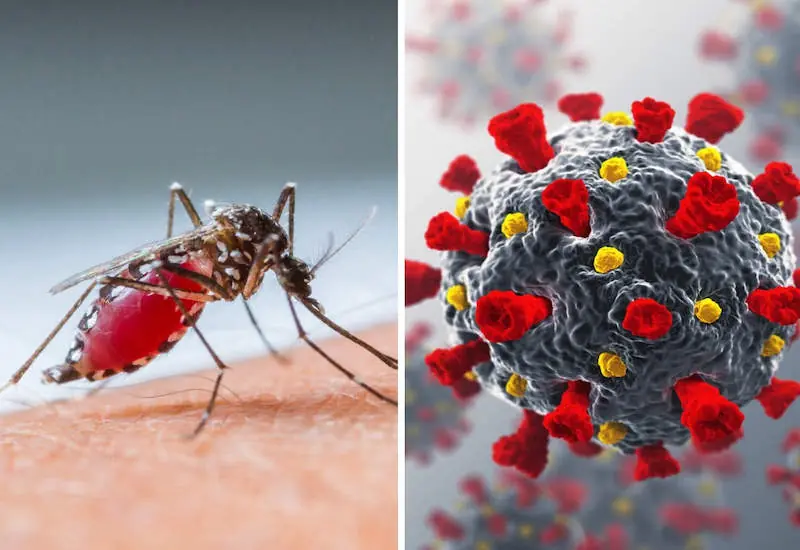
7 Foods You Must Avoid When You Have Dengue Fever

4 Dishwashing Habits Everyone Should Stop Immediately!

These 3 Nighttime Signs Reveal Your Kid.neys Are in Danger!
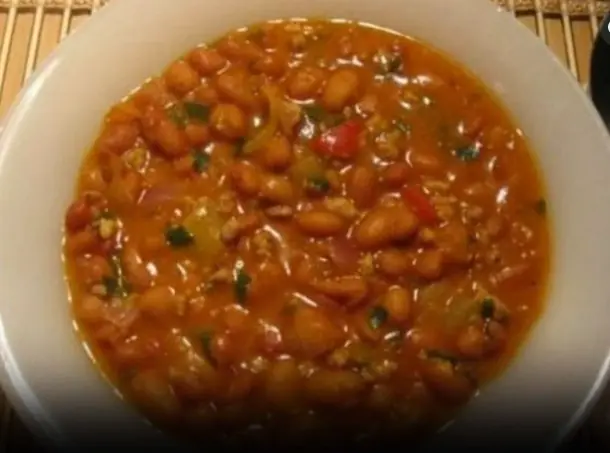
The Vegetable That Helps Reduce Sugar in The Body. It is Diabetes’ Strong Opponent
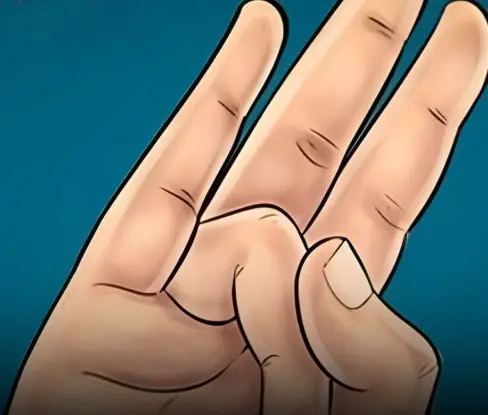
The Power of Gyan Mudra: Benefits and How to Practice It
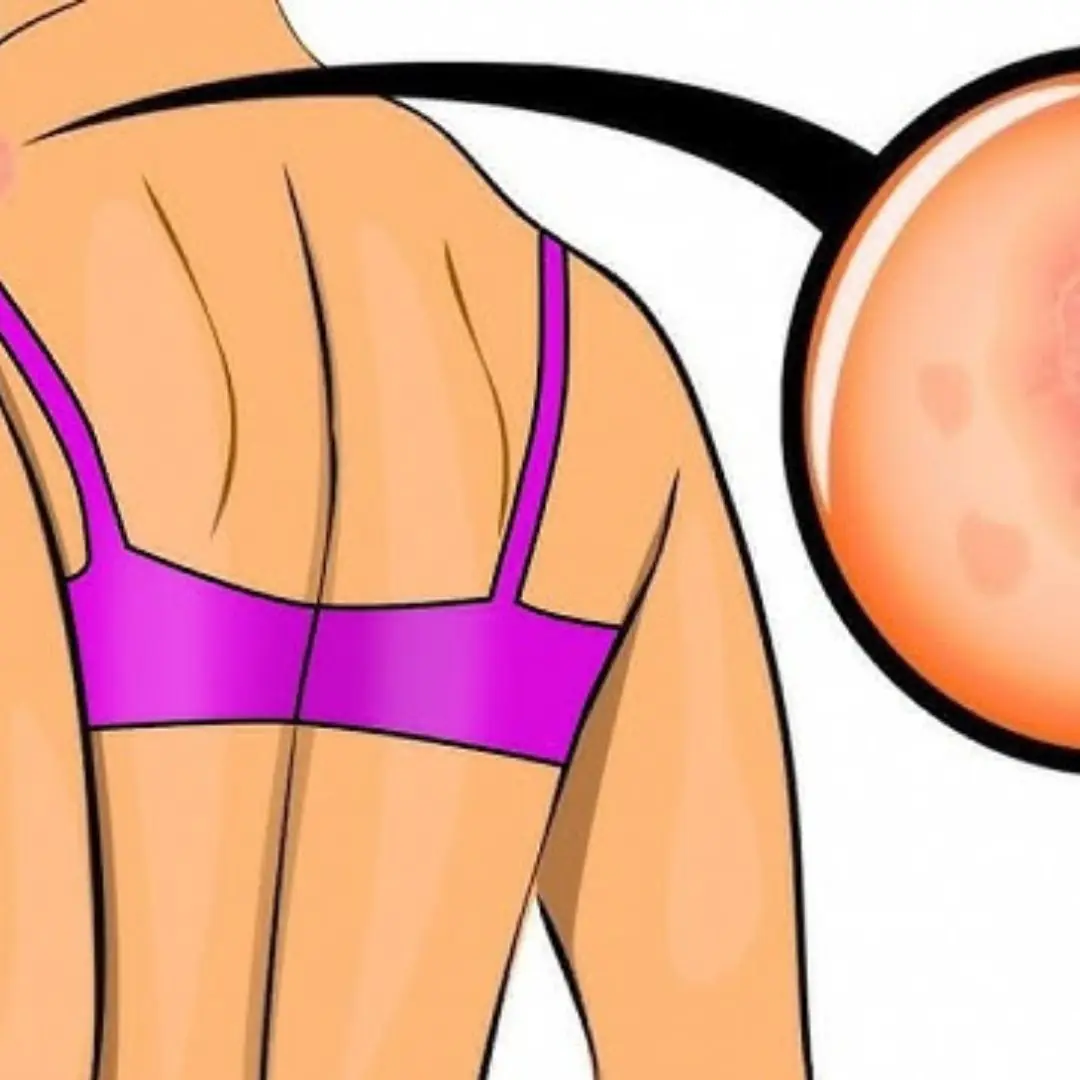
7 Warnings Your Body Gives You When You’re Too Stressed
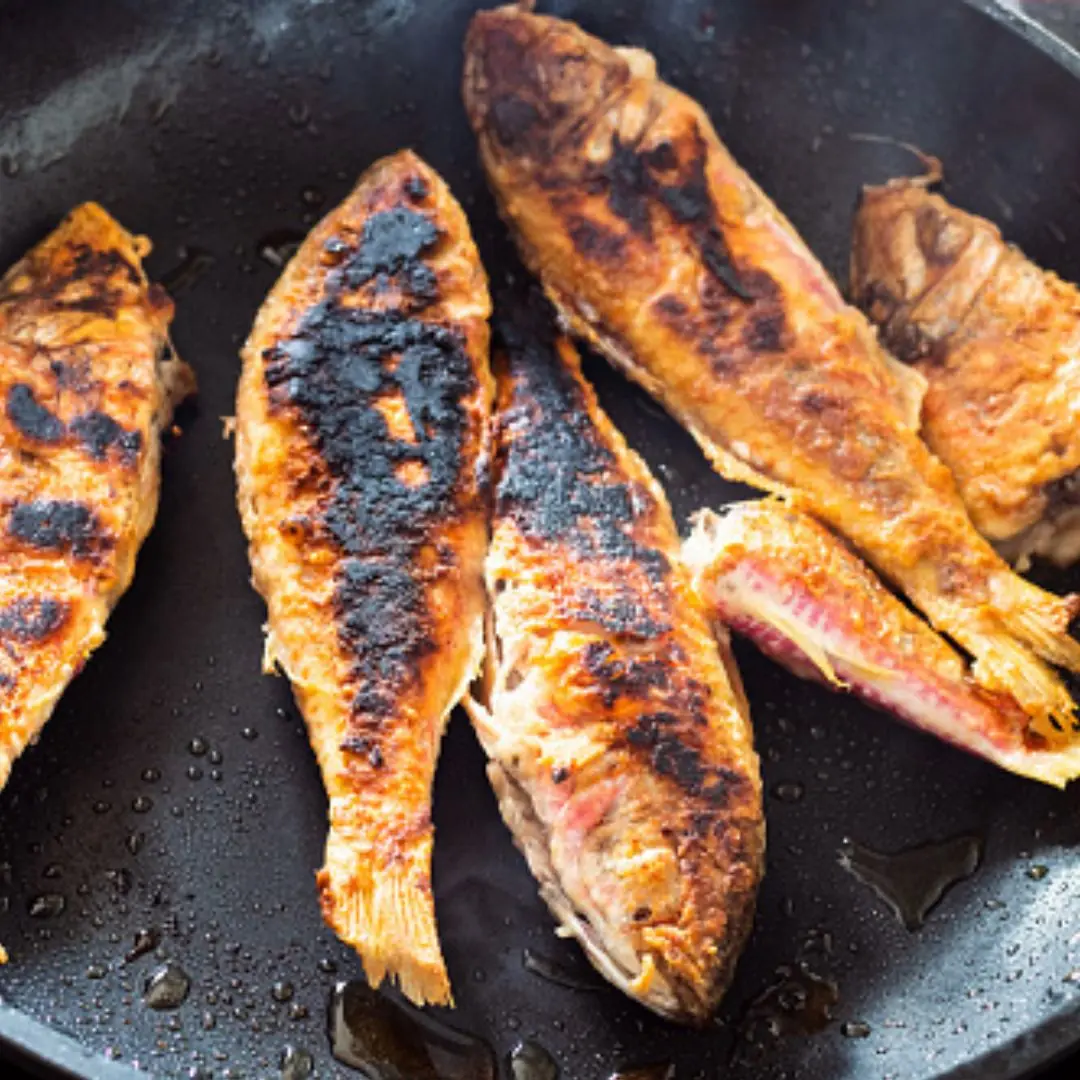
Fish is very good for your health, but absolutely do not eat it like this: It can easily cause cancer, many people still get it.
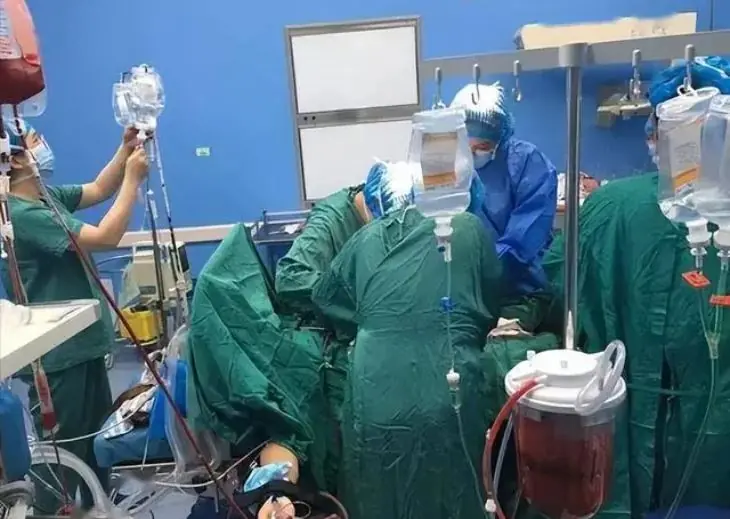
Waking Up at Night to Drink Water, a 59-Year-Old Man Di.ed Five Days Late
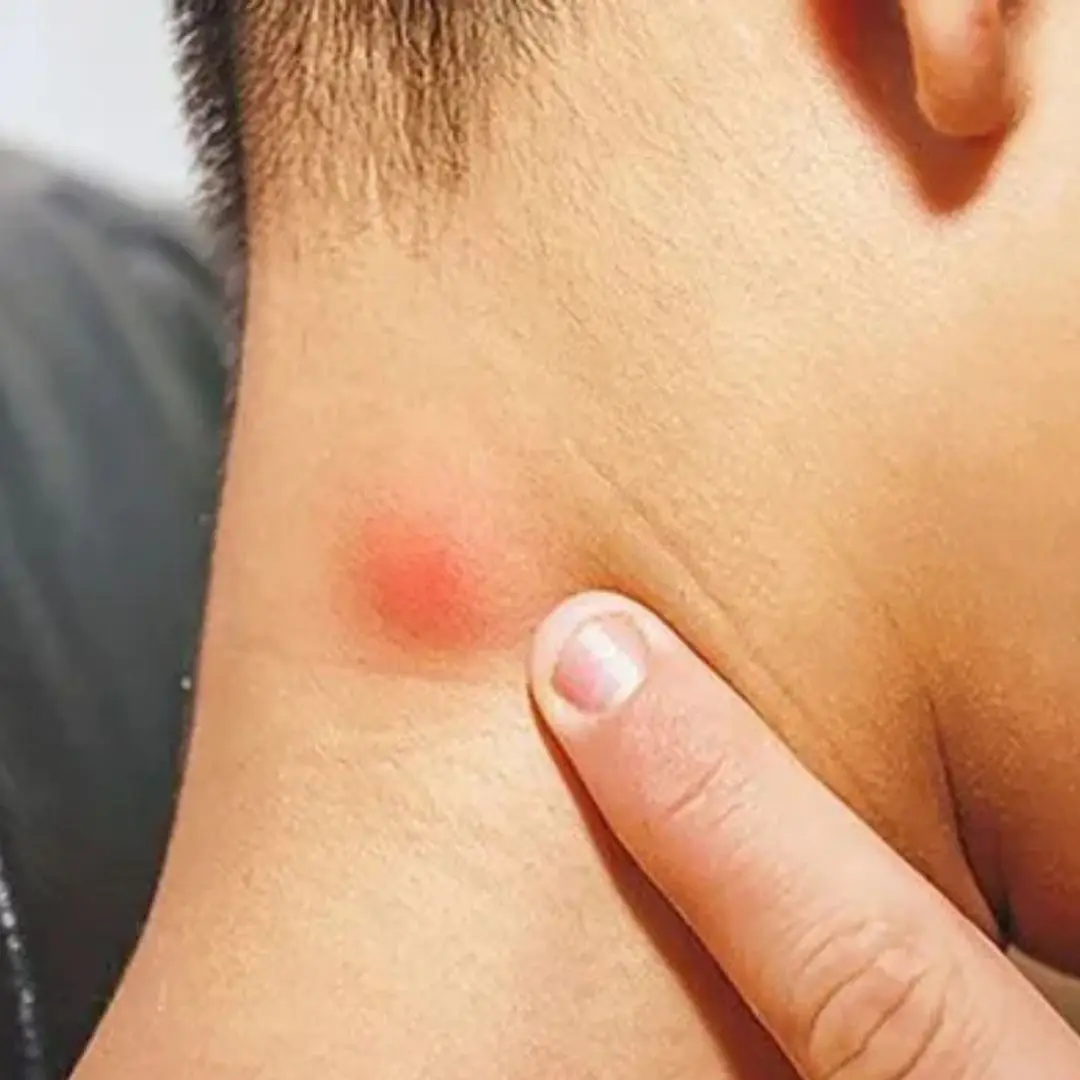
Found a Lump on Your Neck? Here’s What It Could Really Mean
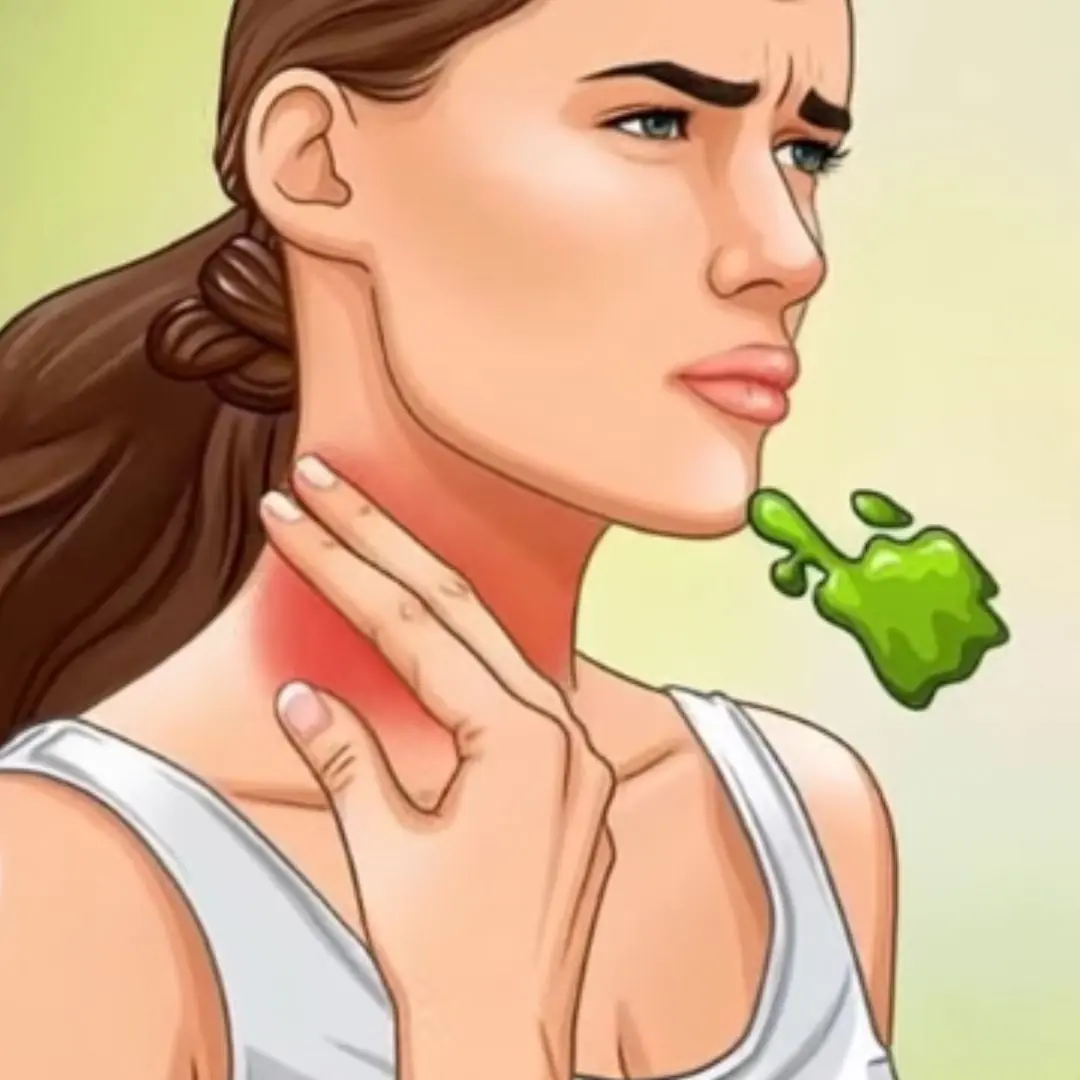
Why your throat keeps filling with mucus — the real causes revealed

What time should you take a bath to ensure health safety and reduce the risk of stroke?
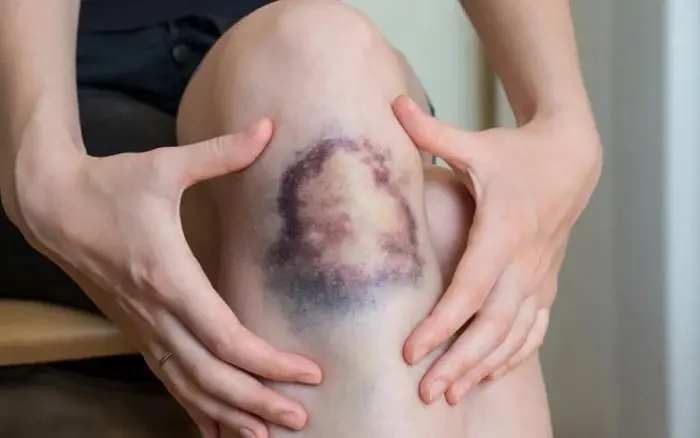
People with These 4 Skin Signs May Have “Loads” of Can.cer Cells Without Knowing It
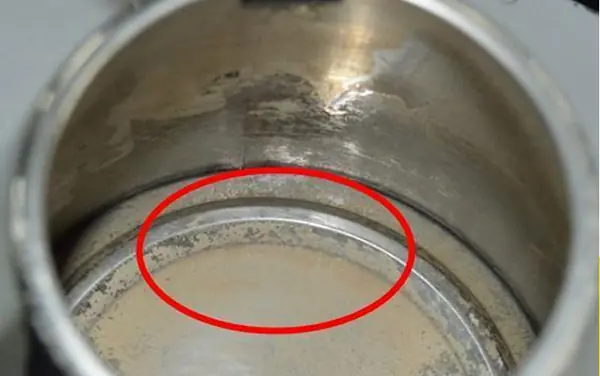
Be Careful If Your Family Often Boils Water with an Electric Kettle

Eat the Right Carbs, Nourish the Spl.een and Sto.mach:
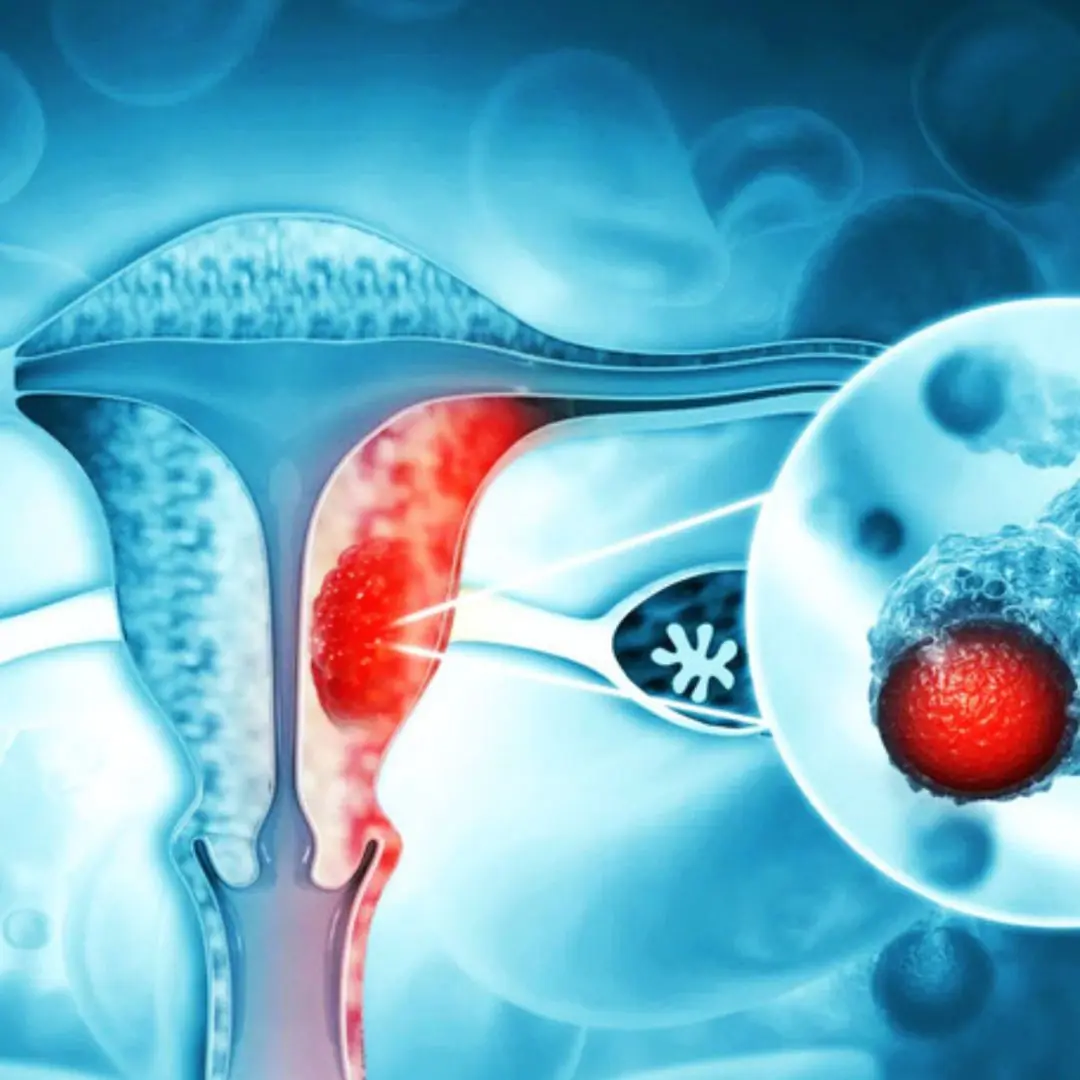
3 intimate habits of husbands that may increase wives' ri.sk of cer.vical can.cer: Stop before it's too late
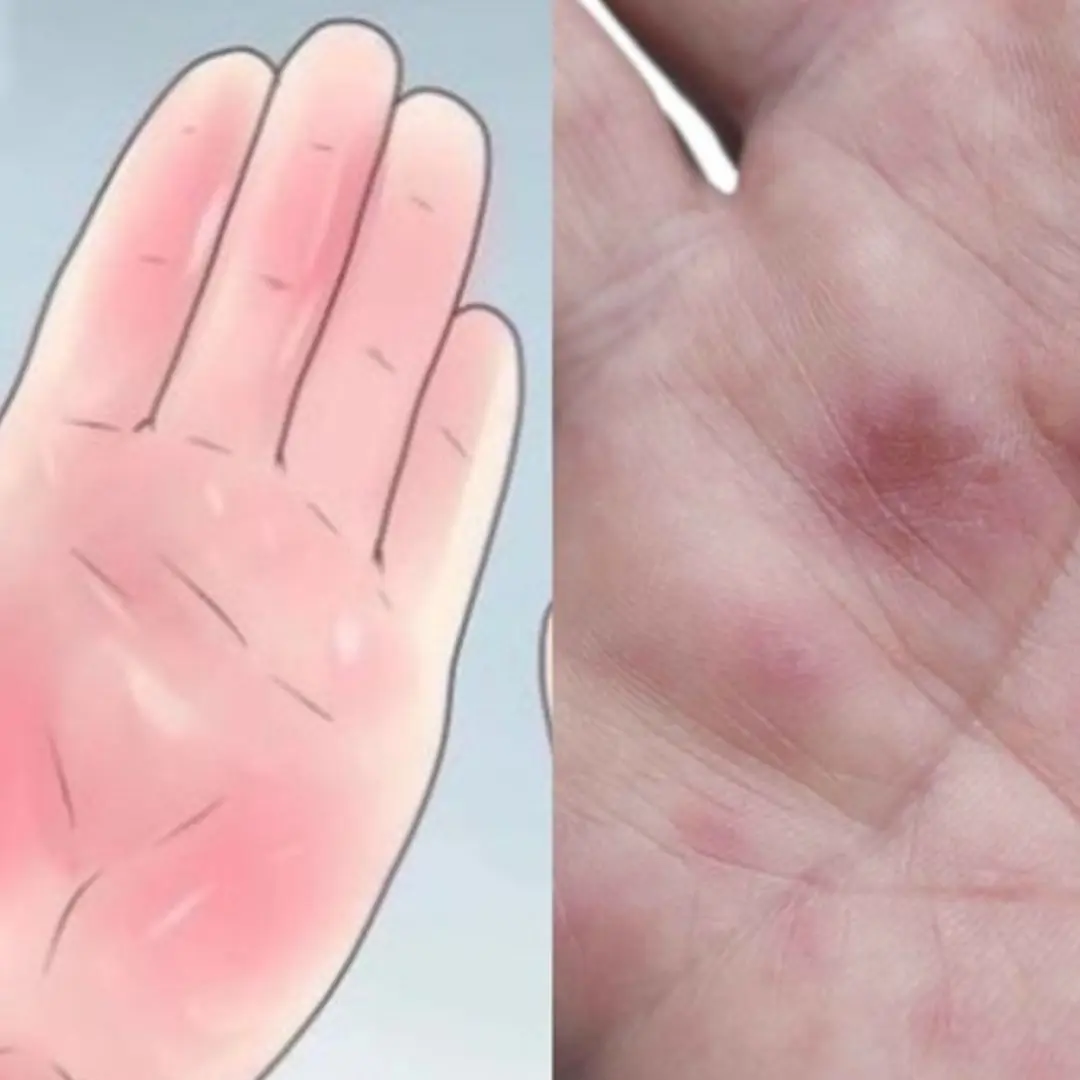
If your hands show any of these 4 warning signs, see a doctor right away — your body might be signaling a serious health problem!
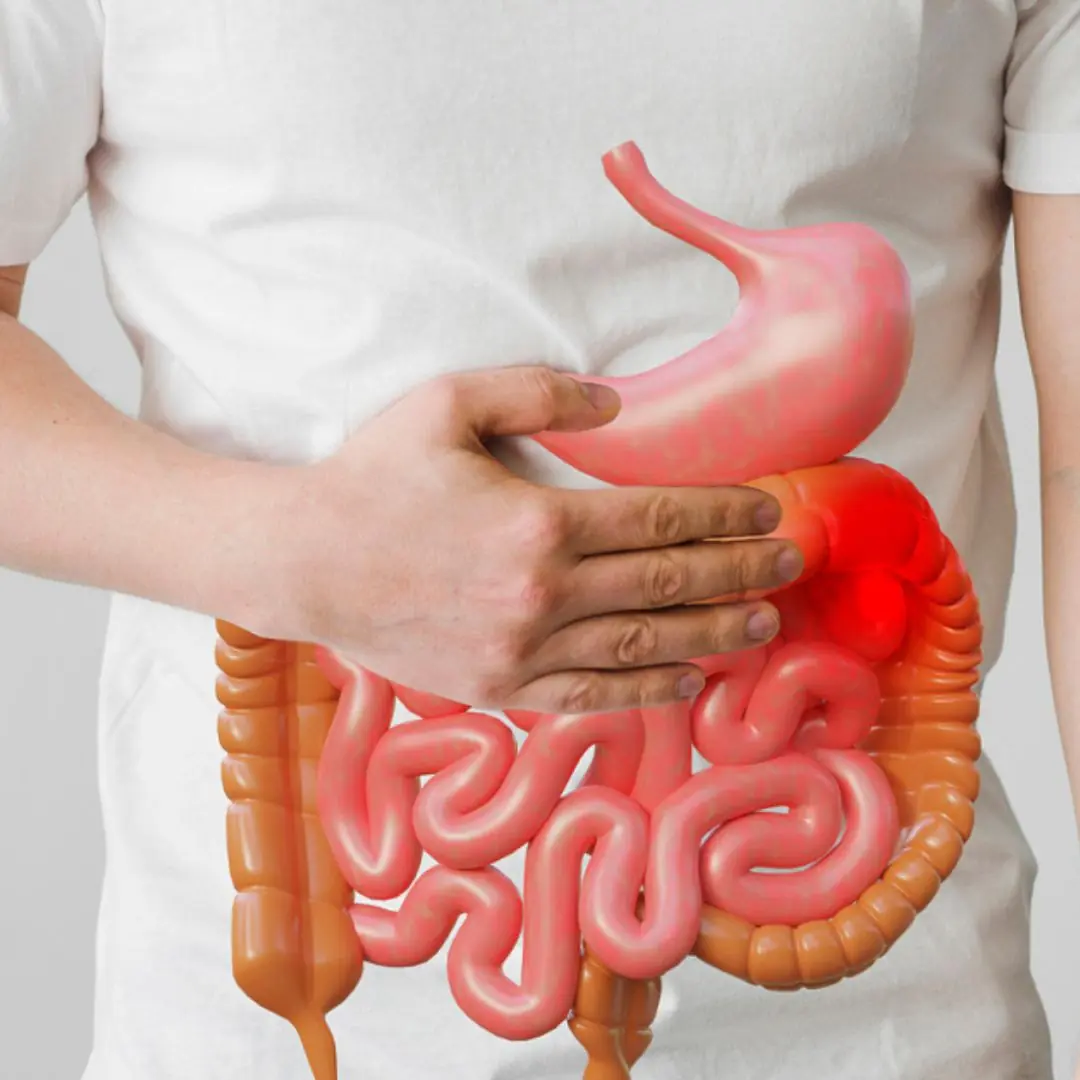
6 warning signs that your intestinal disease is serious, if you have just 1 you should go see a doctor
News Post

Spotting this plant in your garden is like discovering hidden gold — whatever you do, don’t throw it away!

My MIL Clogged Our Only Toilet During Thanksgiving Dinner, Then Left Without Saying a Word – So on Christmas I Taught Her a Lesson
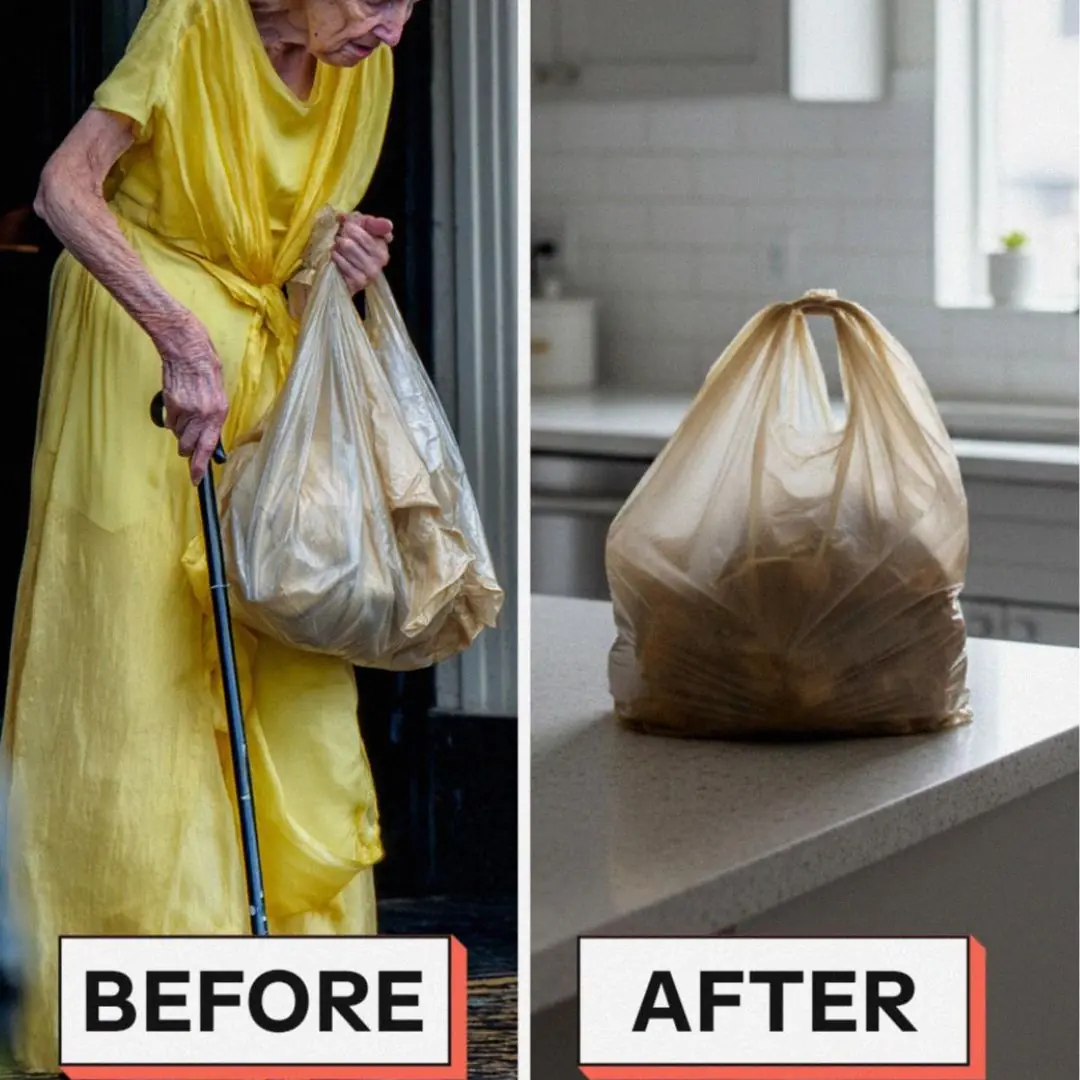
I Threw My Grandma Out of My Wedding for Bringing a Dirty Bag of Walnuts – Two Days After She Died, I Opened It and Collapsed

I Asked My Grandma to be My Prom Date Because She Never Went to Prom – When My Stepmom Found Out, She Did Something Unforgivable

What happens to people who regularly eat sweet potatoes for breakfast over a long period of time?

One Person Hangs the Laundry, the Whole Family Gets Sick

7 Foods You Must Avoid When You Have Dengue Fever

4 Dishwashing Habits Everyone Should Stop Immediately!

These 3 Nighttime Signs Reveal Your Kid.neys Are in Danger!
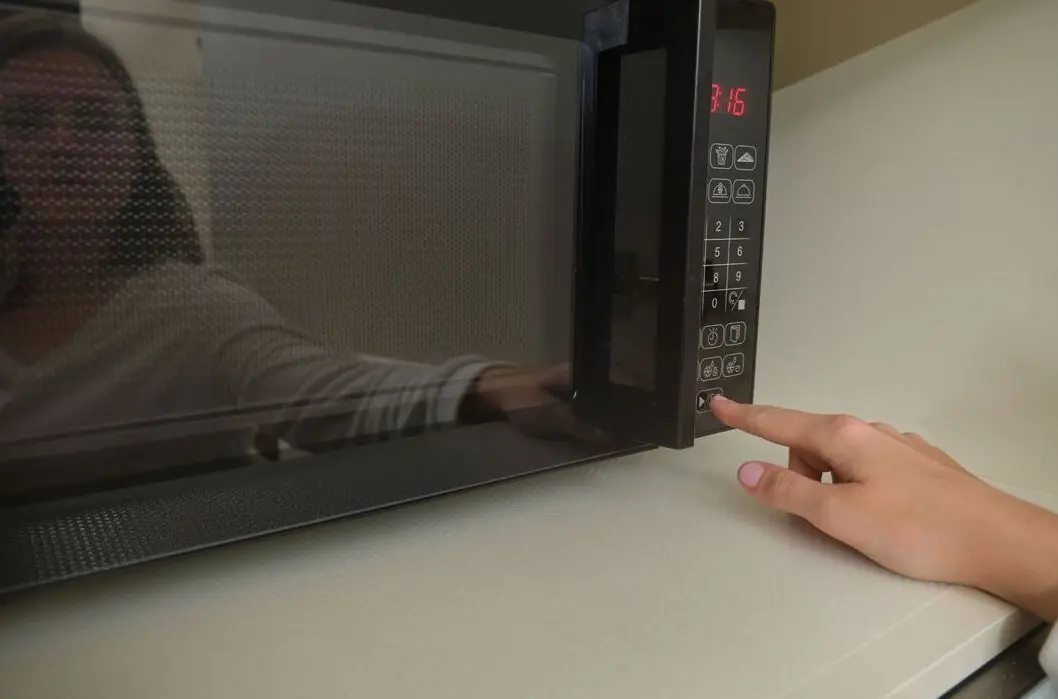
After 30 years of using a microwave, I finally discovered this “magic button”

The Vegetable That Helps Reduce Sugar in The Body. It is Diabetes’ Strong Opponent

The Power of Gyan Mudra: Benefits and How to Practice It

My Mother Gave My Wedding Fund to My Cousin Because ‘She’s Prettier and More Likely to Find Someone’
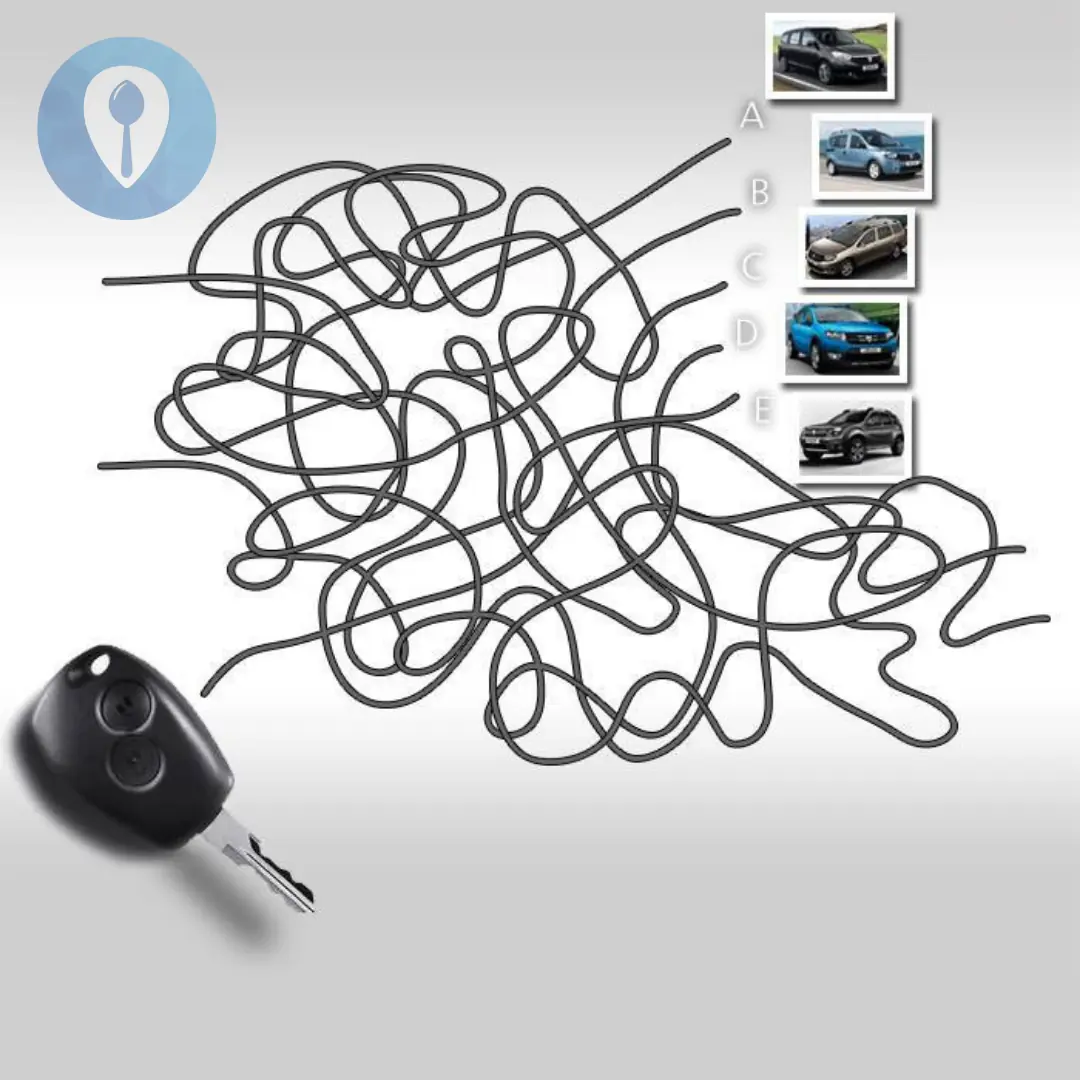
This key only opens one of the five cars — can you guess which one?

7 Warnings Your Body Gives You When You’re Too Stressed

Fish is very good for your health, but absolutely do not eat it like this: It can easily cause cancer, many people still get it.
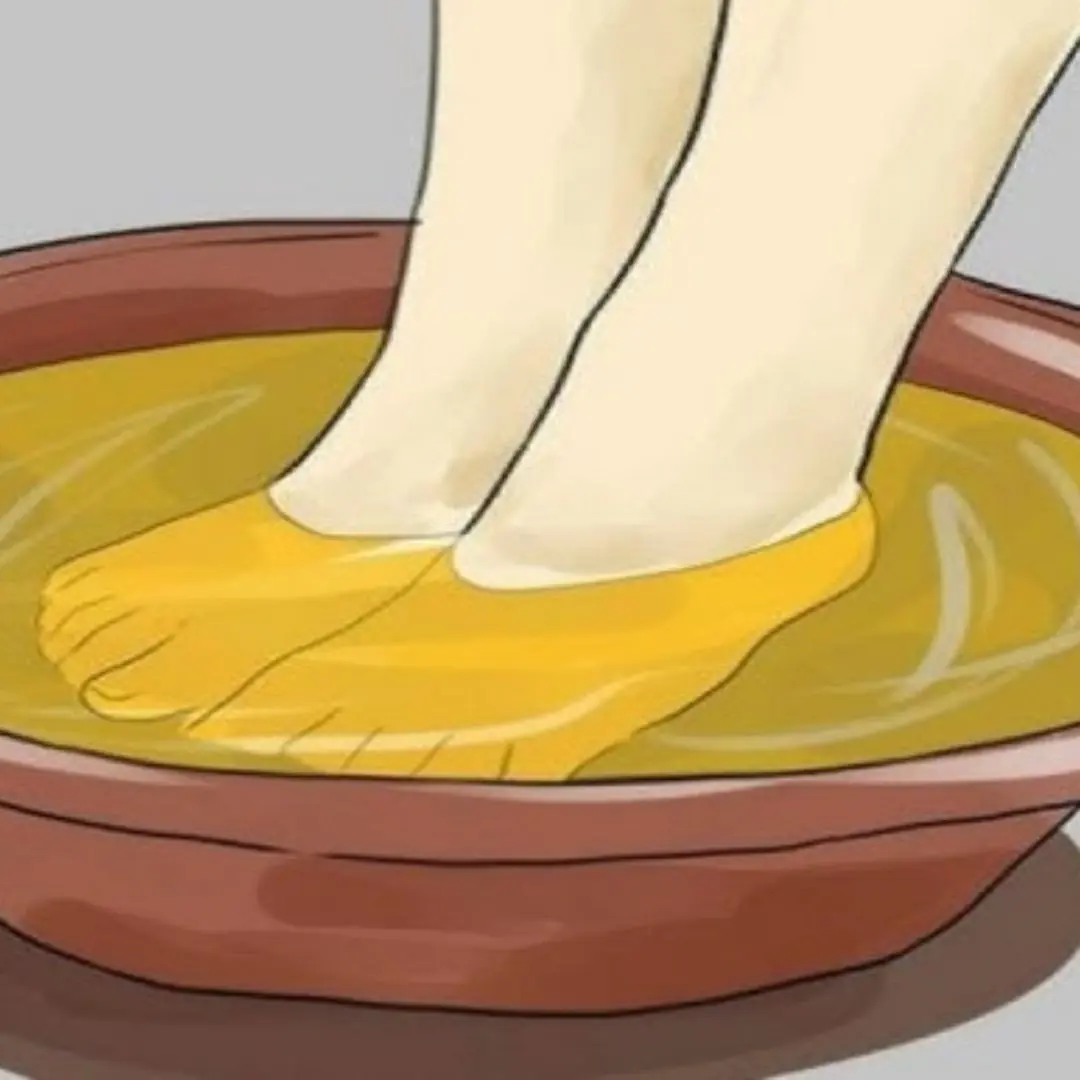
Foot Pain Relief: Should You Soak Your Feet in Warm Water or Cold Water? The Answer Might Surprise You!
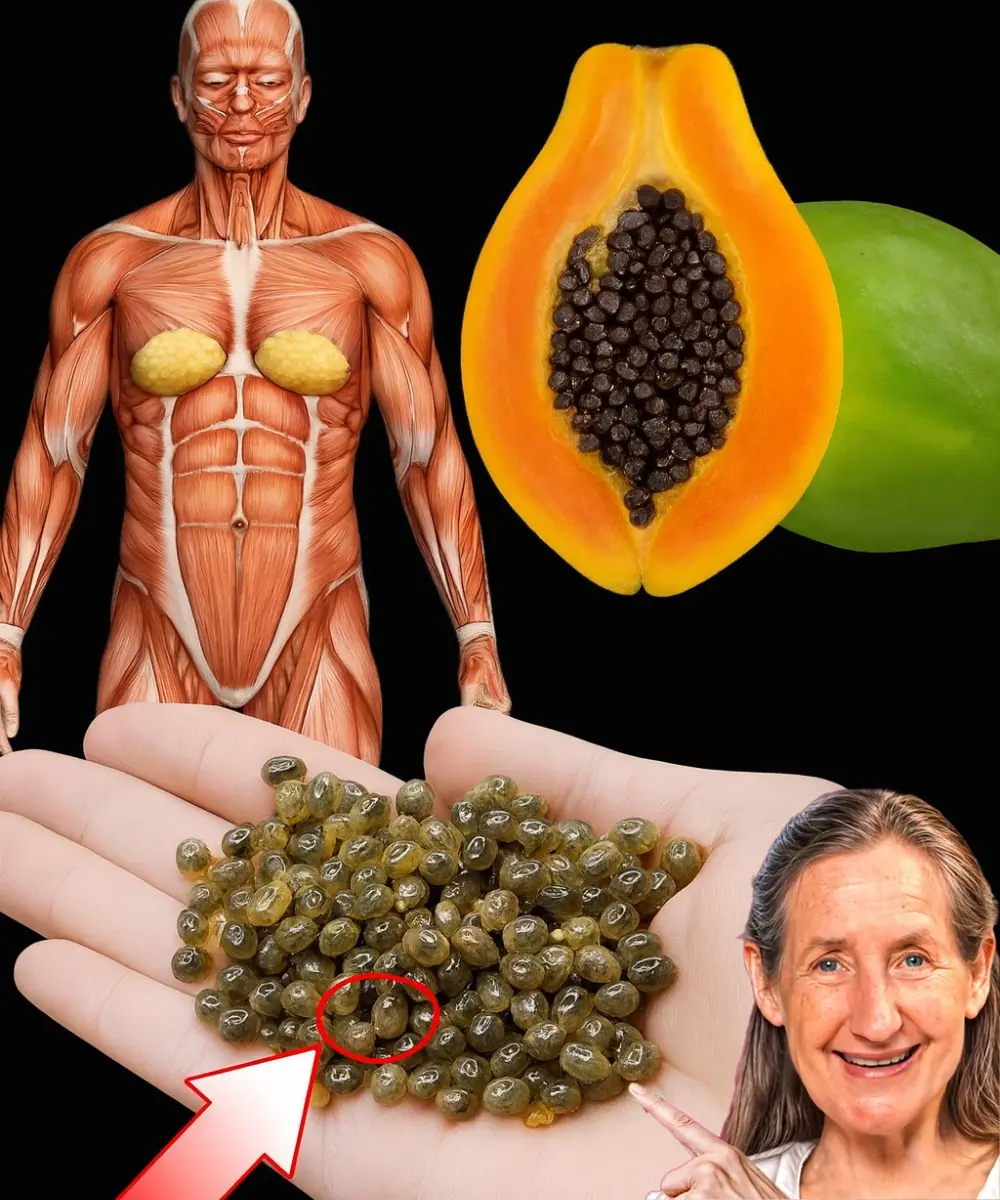
Papaya seeds can save you a lot of money at the pharmacy
